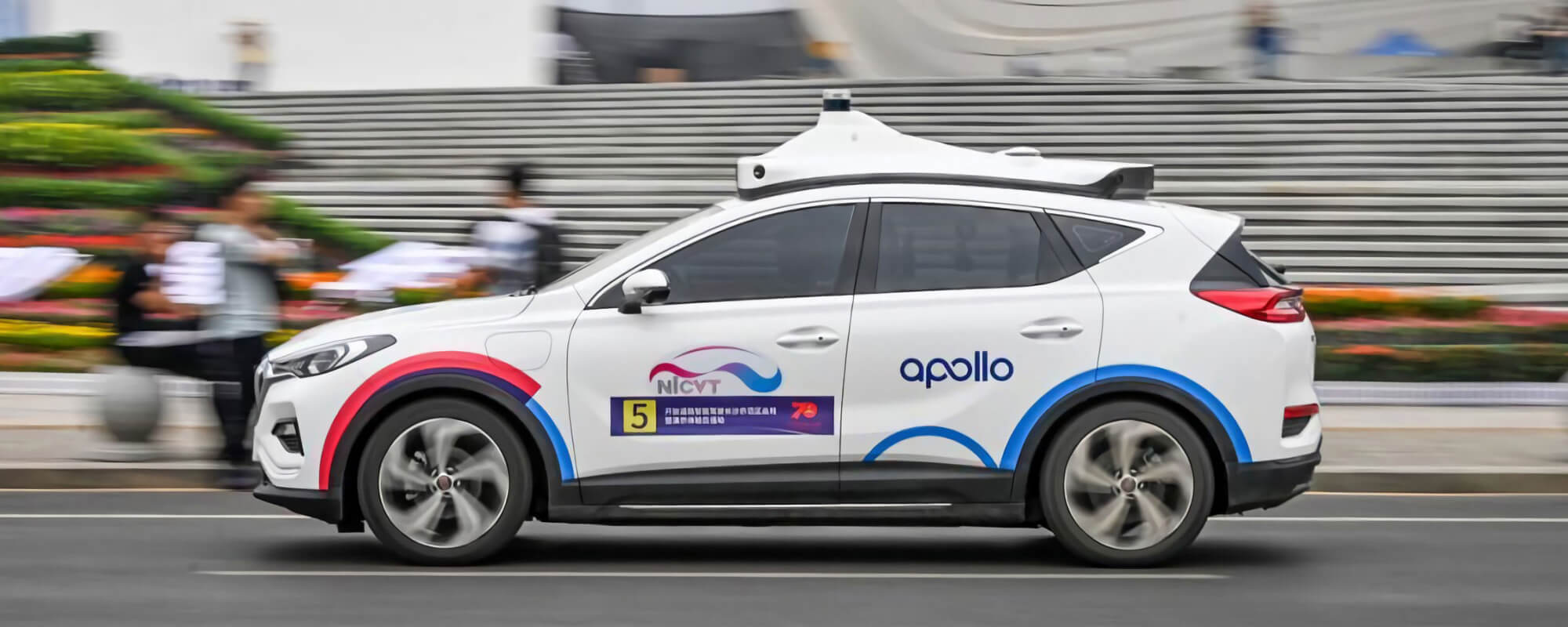By futureTEKnow | Editorial Team
Baidu and Uber announced their 2025 partnership, and it signals a major development in the quest for autonomous vehicle deployment. This collaboration brings together Baidu’s cutting-edge AI and self-driving technology with Uber’s expansive global mobility network. Here’s why this alliance is one of the most significant tech moves of the year—and what it could mean for the future of urban transportation.
The future of transportation is ‘autonomous.’ Recently, Baidu, the Chinese tech powerhouse known for its advancements in artificial intelligence, and Uber, the global leader in ride-hailing, have officially joined forces to accelerate the deployment of autonomous vehicles worldwide
The partnership leverages Baidu’s autonomous driving platform, Apollo, which already powers several pilot self-driving projects in China. By integrating Apollo’s technology with Uber’s immense ride-sharing infrastructure, both companies aim to make driverless rides a practical reality at scale. This isn’t just about innovation—it’s about addressing real-world issues like urban congestion, safety, and sustainability.

Baidu: Years of R&D in autonomous navigation, robust machine learning algorithms, and experience navigating regulatory frameworks in China.
Uber: An enormous user base, a sophisticated trip-matching algorithm, and operational experience in hundreds of cities globally.
Blending these strengths could lower the barriers remaining for widespread autonomous taxi adoption.
Technology Integration: Baidu’s autonomous vehicle operating systems will be embedded into Uber’s existing fleet management and ride-hailing platforms.
Data Sharing: Both companies will cooperate on gathering and analyzing mobility data to improve safety and efficiency.
Global Rollout: Pilot programs in select cities are targeted for launch as soon as 2026, with expansion plans across North America, Europe, and Asia.
Regulatory Engagement: The duo will work together on shaping regulatory standards for self-driving vehicles, aiming to hasten mainstream approval.
With the world’s cities facing mounting pressure from population growth and environmental challenges, autonomous vehicles are increasingly seen as a key solution. This Baidu-Uber deal isn’t just about tech bragging rights—it’s about pushing us closer to an era where on-demand, driverless travel is routine.
The strategic alignment reflects a growing realization: no single company can master the complexity of autonomous transportation alone. Partnerships will define industry progress.
Watch for pilot deployments in high-density cities.
Stay tuned as both firms navigate the web of regulations, public perception, and infrastructure needs.
Expect ripple effects: other big players in the mobility and AI space will likely seek similar alliances to stay competitive.
The road to autonomous vehicles at scale is still long, but with Baidu and Uber teaming up, the journey just got a serious boost.
To provide the best experiences, we use technologies like cookies to store and/or access device information. Consenting to these technologies will allow us to process data such as browsing behavior or unique IDs on this site. Thanks for visiting futureTEKnow.